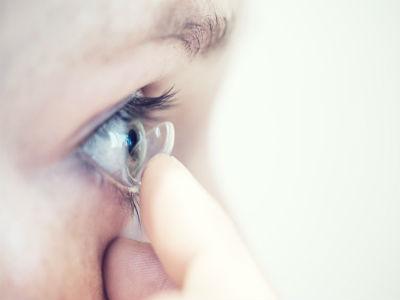Scientists, including some of Indian origin, have developed a new method of communication that may allow power constrained devices such as brain implants, contact lenses and credit cards to ‘talk’ to smartphones and watches. The “interscatter communication” works by converting Bluetooth signals into Wi-Fi transmissions over the air.
Using only reflections, an interscatter device such as a smart contact lens converts Bluetooth signals from a smartwatch, for example, into Wi-Fi transmissions that can be picked up by a smartphone. “Wireless connectivity for implanted devices can transform how we manage chronic diseases,”said Vikram Iyer, a University of Washington (UW) doctoral student.
“For example, a contact lens could monitor a diabetics blood sugar level in tears and send notifications to the phone when the blood sugar level goes down,” said Iyer. Due to their size and location within the body, these smart contact lenses are too constrained by power demands to send data using conventional wireless transmissions.
The team has demonstrated for the first time that these types of power-limited devices can “talk” to others using standard Wi-Fi communication. The system relies solely on mobile devices commonly found with users to generate Wi-Fi signals using 10,000 times less energy than conventional methods.
The team’s process relies on a communication technique called backscatter, which allows devices to exchange information simply by reflecting existing signals.
Because the new technique enables inter-technology communication, the team calls it “interscattering”. Interscatter communication uses the Bluetooth, Wi-Fi or ZigBee radios embedded in common mobile devices like smartphones, watches, laptops, tablets and headsets, to serve as both sources and receivers for these reflected signals.
PTI

